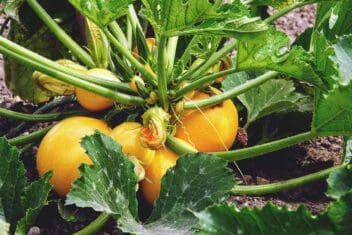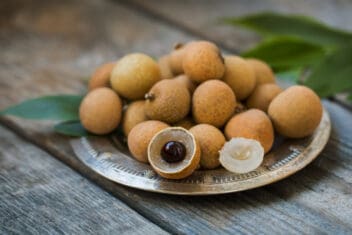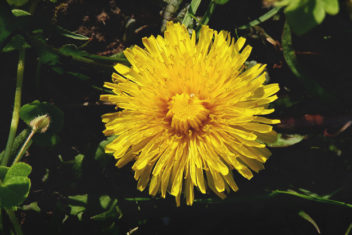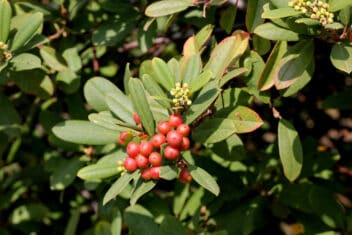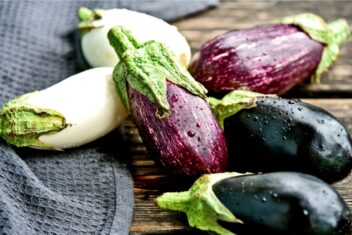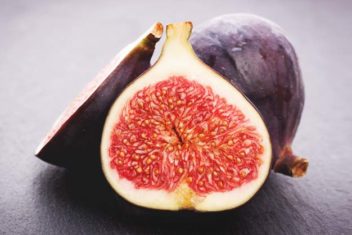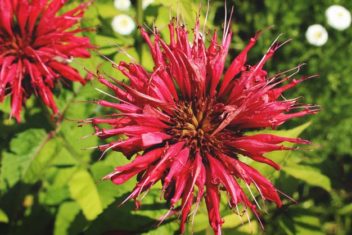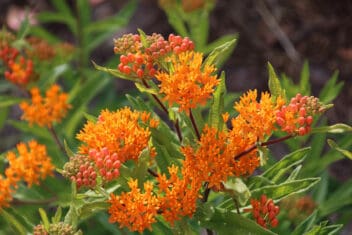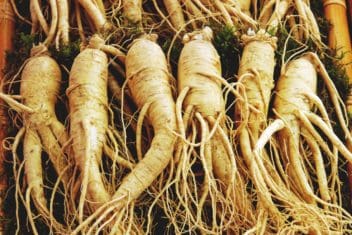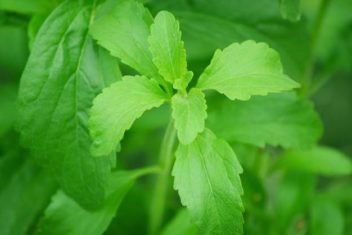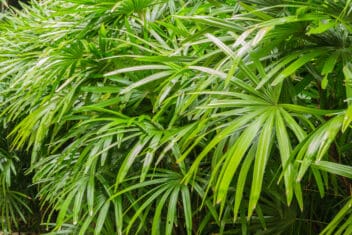Nothing says summer more than biting into a juicy apricot. They’re one of those fruits that never tastes as good when you buy them at the grocery store. But fresh off the tree? Heaven.
They’re also a versatile fruit. You can eat apricots fresh, dried, or preserved. You can put them on meat, desserts, in a salad or even in soup. Ready to learn more?

Best Apricot Varieties
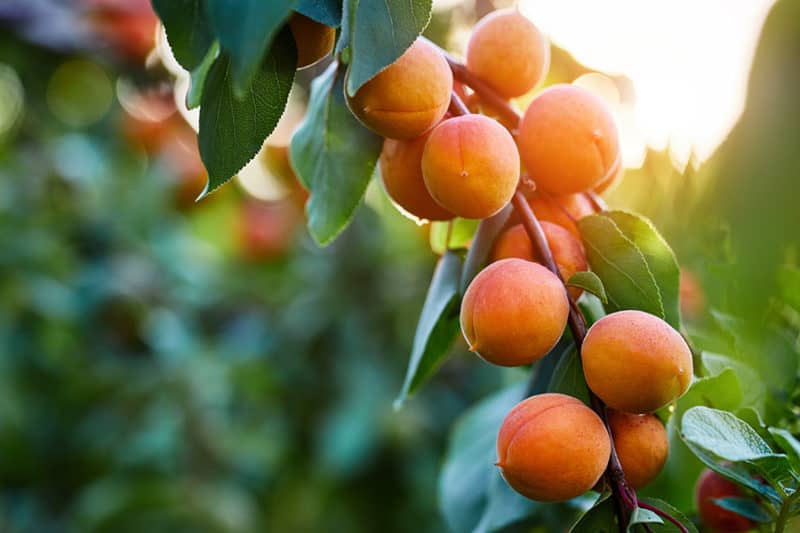
Apricots are native to the Mediterranean region and love warm weather. They’re stone fruits – much like plums and peaches.
Most varieties are self-fruiting, which means you don’t need two trees to get fruit. However, growing two apricots may mean you get a higher yield.
Autumn Royal Apricot Tree
The oval, medium-sized fruit with firm flesh from this variety is ideal for canning and drying as well as eating. It does well in the south because it requires fewer chill hours and should be harvested later in the year than some other varieties.
It’s ready to harvest in September and grows well in USDA zones 6-9.
Chinese
Sometimes referred to as the Mormon or the Bush Apricot, the yellow-orange fruit from this variety is medium in size and has a sweet but mild flavor. It’s a highly productive tree that bears early and is self-fertile. It also works well as a pollinator for other varieties.
This semi-dwarf tree produces freestone fruit – which is fruit where the flesh doesn’t stick to the pit – in mid-July.
It does well in colder climates because it blooms later in the year than other varieties. As a result, it can avoid crop-ruining damage from late frosts. The pit can be dried, cracked open like a nut and eaten. It grows in zones 4-8.
Garden Annie Dwarf Apricot Tree
This is a dwarf-sized variety that only gets 8-10 feet tall and can grow in a container. It’s self-fertile. The tree produces excellent quality semi-freestone fruit that is firm and medium-sized.
It also has showy blossoms, making it an ornamental and edible option for the garden.
Ripens in June and grows well in zones 6-9.
Goldcot
Goldcot was developed for Michigan’s cold winters. It has a high chill requirement and needs 800 hours of cold weather.
This late bloomer avoids surprise spring frosts that can kill blossoms. Goldcot is hardy, a heavy producer, and a self-pollinator. Fruits have a tangy-sweet flavor that lends nicely to canning and making jam.
Ripens in midsummer and grows in zones 4-8
Moorpark
This is a beautiful and productive tree, which might be why it was one of Thomas Jeffersons’ favorites. It has pretty pink and white spring blossoms. The fruit is large and freestone, and tastes sweet and juicy.
This is a self-fertile, hardy tree that is a good pollinator for others in your orchard. Ripens in mid-July and thrives in zone 5-8.
Plumcot Hybrid Apricot
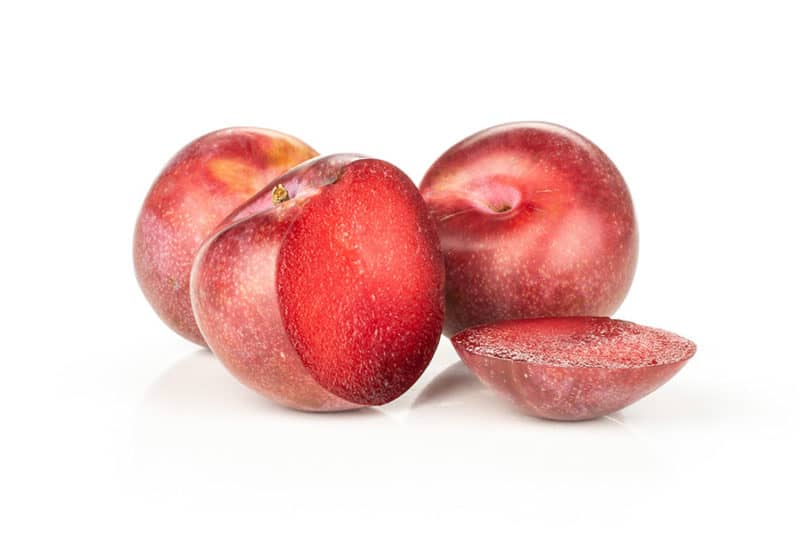
You may have heard of plumcots, also known as pluots. They are a hybrid cross between an apricot and a plum. Typically, the fruits have a yellow-red skin and red flesh. They’re extremely sweet and juicy, great for fresh eating.
The plant does well in the deep south in zones 5-9.
Tomcot
The Tomcot was developed in the Pacific Northwest to be an early producer and get a jump on the market. Because it blooms early, it’s susceptible to late frosts. While it’s considered self-pollinating, it’s much more productive with a friend to cross-pollinate with.
It grows in zones 4-8
Planting Apricots
If you’re thinking of growing apricots, there are the basics that you need to know to get started.
Growing Zones
While different varieties can handle different agriculture zones, most apricots grow in zones 5-8, with some extending to zones 4 and 9.
Apricots need a cold period of at least 700 hours to set the fruit. That’s about four and a half months with temperatures below 50°F. Some varieties need far more hours.
Sun Requirements
Peaches need full sun exposure.
Soil and Location Requirements
Apricots need rich, fertile soil that’s deep, well-drained and has a pH between 6.0-7.0.
For heavy soil, make sure to add in compost, sand, and peat moss to loosen the earth.
It’s important to pick the right location when planting. Apricots bloom early in the spring, which makes them vulnerable to late frosts. To moderate those effects, plant your trees on higher ground because frost settles in low areas.
Planting Transplants
Apricots are generally propagated by grafting or transplanting purchased plants. Don’t buy an apricot fruit in the store and attempt to grow it by planting the pit. The pit will grow but it won’t produce fruit.
Grafting Apricots
Grafting is the best way to have quality stock because plants remain true to the variety. It is used by most nurseries. While grafting may seem a bit intimidating, it’s definitely something any home gardener can learn.
When you plant a grafted tree keep the graft union above the soil line. This video shows you how to get it done:
Caring for Apricots
Once you’ve got your new trees in the ground, here’s the care they’ll need to thrive.
Fertilizing
Give apricots a balanced fertilizer in early spring.
Watering
Water once a week in cool climates. In hot climates, water three times in a week. When the plant is young, they need 1 to 2 inches of water per watering for the first 5 years. Reduce by half as they get older.
Thinning and Pruning
Apricot fruit falling off your tree happens because most trees produce significantly more flowers than they need
You want to thin young fruits so that they have room to grow and develop. Thining also allows for good air circulation and prevents diseases.
Pruning apricot trees is an important step to keeping them healthy. In addition to pruning dead, diseased or crossing branches, you should also shape your tree. Apricots do best when pruned to a V shape.
Mulching
Keep your apricot trees mulched through winter. A layer of hardwood chips or straw helps to cool the soil so that the tree won’t break dormancy early.
Problems and Solutions to Growing Apricots
While growing apricots is relatively problem-free, you might encounter a few pests and diseases.
Sucking Insects
Aphids, mealybugs and scale insects are common pests on apricot trees. They all chew or suck on the sap in the leaves. Damage signs are yellowing and dropping leaves.
You may also see a sticky substance on leaves or you may notice ants going up your trees because they’re attracted to this sticky material, which is called “honeydew. ”
This group of sucking insects can be controlled by applications of insecticidal soap. For more severe cases, horticultural oil and neem oil work well. Remember to spray under the leaves where the bugs may be hiding.
Plum Curculio
Plum curculio is a beetle that goes after plums, peaches, and apricots. The adult insect is brownish-gray, about 1/4-inch long, with a hard-shell. They’re easy to recognize because they have a long nose and four bumps on their back.
You can spot a plum curculio infestation because the bug makes a crescent-shaped hole in fruit. It then lays its eggs inside the apricot. The larva hatch and tunnel around inside the fruit.
The fruit may drop prematurely.
To prevent them clean up all dropped fruit immediately so they don’t get in the soil. Use neem oil to control infestations.
Borers
Borers are insects that burrow into the branches and trunk of the tree. They can be difficult to treat because they hide where you can’t see them. To see if you have an infestation, look near the base of trees for globs of sap and brown frass.
To treat borers, cut out the infected limbs in the winter and destroy them by burning. This interrupts the life cycle of the borers. You can also use a small knife and dig out any borers.
Place a cone at the base of trees in the spring before the insects become active. Good maintenance is key to preventing borers because they focus on trees that are stressed or injured.
Tent Caterpillar
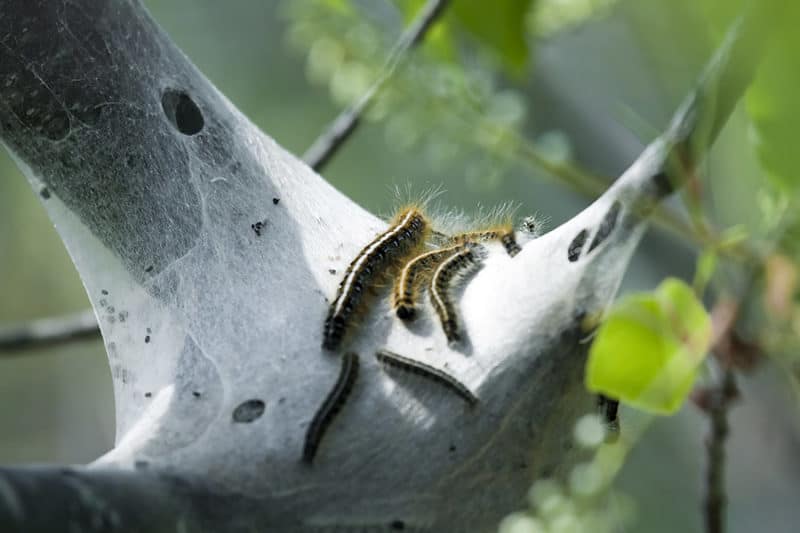
You’ve probably seen the nets that these adults moths make to lay their eggs. They look like large nets wrapped around the branches of trees. Hairy, grayish-brown caterpillars with cream-colored stripes hatch out of these nests and begin to consume leaves.
The goodness is that they are easy to spot and dispose of by using a rake to remove the web. Burn to destroy the caterpillars.
Fruit Drop
This is a big issue with apricots – maybe more so than any other fruit tree. Fruit drop can be the result of several different factors. Your tree may be overloaded with fruit or have apricot scab.
Apricot scab is a disease that leaves the fruits covered in small, olive-green spots. The spots grow into larger green blotches. They may crack open and fall from the tree. This is superficial damage and fruits can be peeled and used.
Prevention includes good sanitation. Pick up all fruits that fall to the ground, clean up branches, and add compost in the spring to support good health. Neem oil can destroy the fungus when applied in the fall after harvesting and again in early spring when buds set.
Pit Burn
Apricots may develop pit burn. This causes the centers to become soft and is caused by excessively high temperatures.
When temperatures reach more than 100°F the fruits are susceptible to developing pit burn. Drought conditions also add stress to the tree and may make them more susceptible.
To prevent pit burn, give your apricots trees consistent moisture during a drought to help cool the tree. Consider placing a drip irrigation or soaker hose at the drip line around your apricot trees.
Bacterial Canker
Canker is a bacterial disease caused by the Pseudomonas syringae bacterium. It is spread by rain and overhead watering. A cool, wet spring is the ideal environment for this disease to catch hold.
The disease is easy to spot and looks like gummy cankers and water-soaked that appear on the growing limbs and trunk of apricots. Leaves develop brown spots and fruit develops dark, sunken, areas that smell bad.
Plant disease-resistant varieties and prune out affected branches if you get the disease.
Companion Planting with Apricots
Apricots enjoy being near sunflowers and other fruit trees in their families, such as plums or peaches.
Basil, onion, wormwood, and garlic help to repel some of the apricot’s pests.
You can also plant apricots with:
- Strawberry
- Grape
- Asparagus
- Tansy
- Comfrey
- Nasturtium
- Buckwheat
- Southernwood
Don’t plant tomatoes or peppers near your apricot trees as they can transfer diseases to each other. Additionally, avoid planting apricots near:
- Potato
- Eggplant
- Petunia
- Morning glory
- Sage
Harvesting and Storing
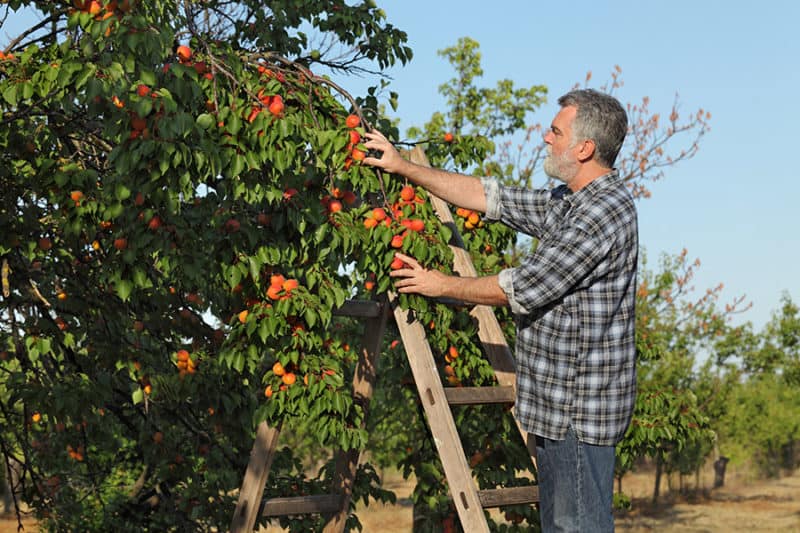
Apricots start bearing fruit 3-5 years after planting. Pick fruits when they’re ripe and ready to eat. They should have a pungent smell and be slightly soft, but not squishy, when squeezed. Use a gentle twist to loosen the fruits and pull from the stem.
Apricots are ripe from June through September depending on which variety you have and the location they’re planted in.
Annual average yield per tree:
- Miniature: one to two peck
- Dwarf: one to two bushels
- Standard: three to four bushels
Apricots are not good keepers, but they can be stored in the refrigerator for up to one week.
You can freeze apricots, but you need to remove the pit first or it will spoil the taste. Slice the apricots and dip them in an ascorbic acid solution to stop discoloration. Place them in airtight freezer containers for up to three months.
To make the most out of your apricot harvest, plan on preserving some of the fruit. Both canning and dehydrating are good ways to preserve them.
Apricots Are Worth the Effort
Depending on where you live, apricots can be a bit of a challenge to grow, primarily because they are sensitive to late frosts. However, don’t let this deter you.
Apricots are well worth the trouble, and you can address this challenge by selecting the right variety for your area.
Be sure to tell us if you’ve ever planted apricots and any challenges you’ve faced.

